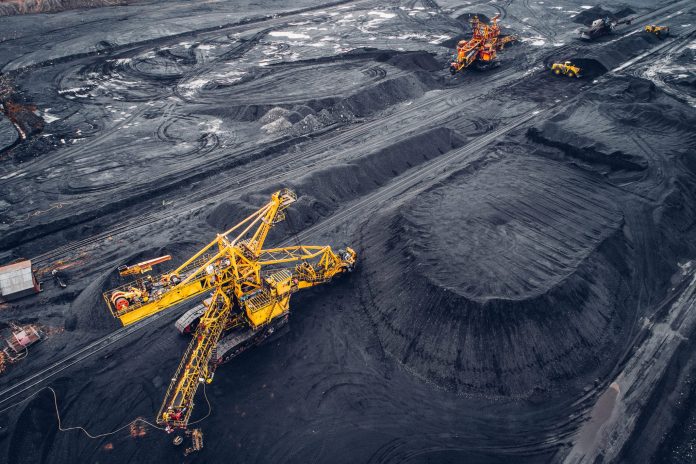Huawei has announced the opening of an Intelligent Mining Innovation Lab in Taiyuan, in China’s Shanxi Province.
The lab was opened through the combined efforts of the government of Shanxi Province, Huawei Technologies, Jinneng Holding Group, and Shanxi Cloud Era Technology.
The Chinese vendor noted that the new lab is intended to help coal mines in Shanxi Province reduce staffing for high-risk positions, increase efficiency, and improve safety by exploring new uses of ICT technologies including wireless industrial control networks, industrial optical ring networks, and cloud computing.
Huawei also said that the lab will be staffed with 220 ICT and coal mining experts, seeking to make breakthroughs in areas such as information networks, automation enablement, intelligent sensing technologies and big data generated by coal mines, as well as related ecosystem collaboration opportunities.
Huawei CEO Ren Zhengfei said that Huawei hopes to combine ICT with coal mining technologies to support digital and intelligent transformation across the coal industry, realize a production model that features ffewer workers, greater safety, and higher efficiency. “In 2020, we lighted up one coal mine, one iron and steel plant, and one port. Over the next two to three years, we aim to light up hundreds of coal mines, iron and steel plants, and ports,” he said.
Shanxi is one of China’s largest energy-producing provinces and has extensive experience and diverse application scenarios in coal production. Since 2019, Huawei says it has explored intelligent transformation with multiple partners in Shanxi’s coal industry, resulting in many intelligent coal mining solutions that have delivered positive results in unmanned, intelligent, clean, and low-carbon operations.
Huawei also highlighted that work conditions in mining pits can be extreme and monitoring produces massive amounts of data that needs to reach the surface in real time. This results in very high uplink traffic, the network equipment manufacturer said, but very low downlink traffic.
To address these factors, Huawei has worked with its industry partners to develop compact wireless base stations that are resistant to dampness, dust, and explosions, and support a 3:1 uplink/downlink bandwidth ratio. Through networking optimization and innovation, the precision of remote equipment controls in pits can be increased from 99.9% to 99.99%, Huawei said.
Huawei plans to use the Intelligent Mining Innovation Lab as a place to continue innovating with partners and making breakthroughs in technologies that can be used in mining pits, including self-cleaning cameras, low-frequency wireless transmission, and risk prediction technologies. These will support robot utilization in key scenarios and unmanned operations in select areas. This lab ultimately aims to help Shanxi’s mines reduce staffing in fully mechanized and intelligent mining scenarios by 60% and the number of workers going down to mining pits each shift by 10% to 20%.

